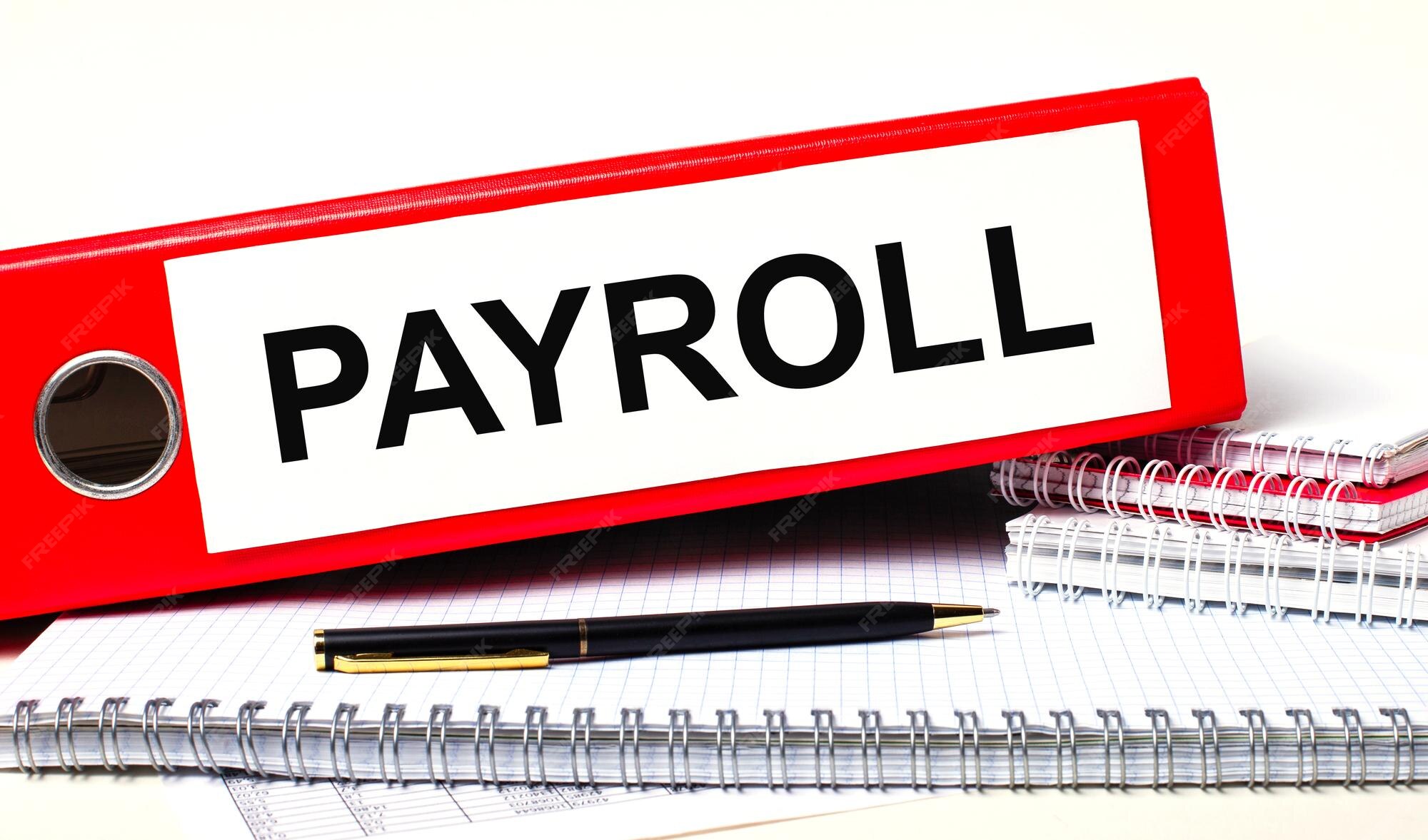Pay Stub Templates: Free Beginner Options for USA
The Ultimate Beginner’s Guide to Pay Stub Templates in the USA
Learn how pay stub templates can help employees, freelancers, and small business owners create accurate records of income, deductions, and YTD totals. This guide covers free templates, usage tips, and when to upgrade to a pay stub generator for professional results.
Why Use Pay Stub Templates?
Pay stub templates reduce errors, save time, and standardize payroll information. For beginners, templates remove the guesswork about necessary details such as employee/employer info, pay period, gross pay, deductions, and net pay. Templates are especially useful when you need quick proof of income for rental applications, loan approvals, or onboarding new contractors.
Templates also make it easier to keep consistent Year-to-Date (YTD) records, essential for taxes and audits. Beginners often find it challenging to track cumulative deductions or net pay manually, so templates provide a reliable framework for accurate record-keeping.
Types of Free Pay Stub Templates for USA Users
Several free templates are available online to suit different needs. Choose the one that best fits your workflow:
- Excel / Google Sheets: Editable spreadsheets with formulas for automatic calculations and error reduction.
- Word / Google Docs: Printable templates that are easy to fill and attach to checks.
- PDF Templates: Fixed forms that serve as official proof of income once filled out.
- Blank Fillable Templates: Minimal designs suitable for handwritten or quick digital entries.
What a Good Pay Stub Template Should Include
Whether downloading a free template or creating your own, it should include these key fields for accuracy and compliance:
- Employer name, address, and Employer Identification Number (EIN)
- Employee name and masked identification (employee ID or SSN)
- Pay period start and end dates, plus the pay date
- Gross pay broken down by regular, overtime, and bonuses
- Itemized deductions (federal/state taxes, Social Security, Medicare, insurance)
- Net pay and payment method (check or direct deposit)
- Year-to-date (YTD) totals for earnings and deductions
Having all these elements ensures your stub meets basic compliance requirements and is accepted as proof of income by banks, landlords, and government agencies.
How to Use a Free Pay Stub Template (Step-by-Step)
- Select the right format: Excel for calculations, Word/PDF for printable forms.
- Enter employer and employee details: Include legal names and accurate contact info.
- Record pay period and hours worked or salary amounts.
- Input deductions: Taxes, health insurance, and retirement contributions.
- Verify net pay and YTD totals: Check formulas or manual calculations for accuracy.
- Save securely: Export as PDF and store in a protected digital folder.
Tip: Always cross-check totals with previous pay stubs to catch errors early.
When to Use a Pay Stub Generator Instead
Free templates are great for basic payroll needs, but for accuracy, compliance, and professional formatting, a pay stub generator is a smarter choice. Generators automatically calculate taxes, deductions, and YTD totals, saving time and preventing mistakes.
You can also view a sample regular pay stub to see professional formatting and what fields are essential for official purposes.
Pros and Cons of Free Pay Stub Templates
- Pros: Free, customizable, easy to use, and full control over formatting.
- Cons: Manual calculations may cause errors, often lack state-specific tax rules, and appear less professional than generated stubs.
Best Practices for Using Pay Stub Templates
- Double-check all entries to ensure calculations are correct.
- Mask sensitive information such as full SSNs or private IDs.
- Maintain accurate YTD records aligned with tax filings.
- Store digital and paper copies securely to prevent unauthorized access.
- Compare net pay with bank deposits to confirm accuracy.
Tip: Using a combination of templates and a generator can balance learning and professional accuracy.
Sample Pay Stub Template Ideas for Beginners
- Hourly Worker: Columns for hours, rate, overtime, and gross pay.
- Salaried Employee: Row for monthly salary, prorated pay cycle, and YTD totals.
- Contractor: Client name, invoice details, gross pay, deductions, and net pay.
Using these sample setups helps beginners understand what information is necessary and how to organize it clearly.
Conclusion: Templates vs. Generators
Free pay stub templates are ideal for beginners, freelancers, and small business owners needing quick, accurate records. However, for frequent payroll, professional use, or official documentation, a pay stub generator ensures accuracy, compliance, and clean formatting. Start with a template to practice, then switch to a generator as your payroll needs grow. This approach provides the best balance between learning and professional standards.

